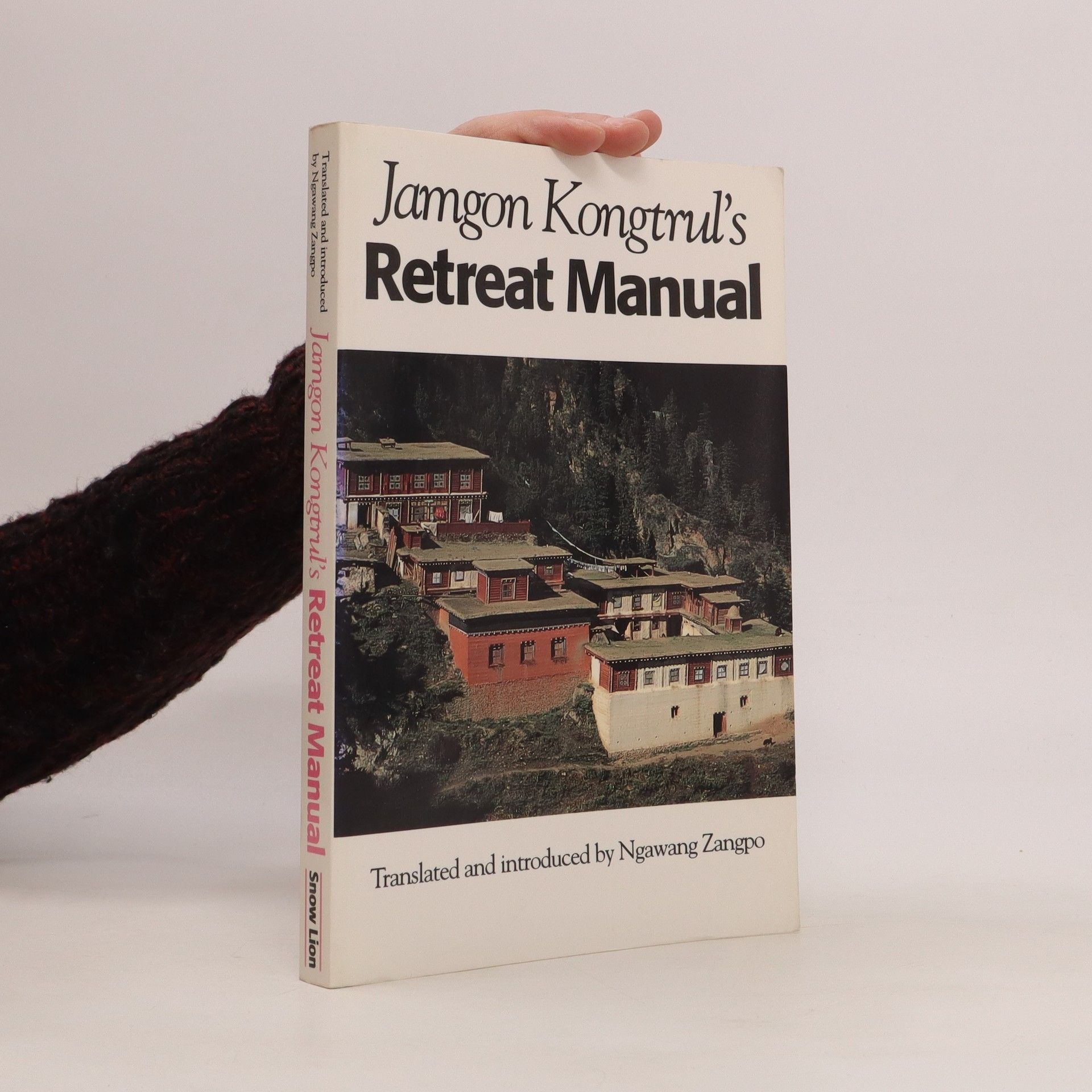The Kagyu and Nyingma traditions of Himalayan tantric Buddhism require a long period of intensive training in meditation-a three-year, three-month retreat-before a practitioner is considered to be a qualified teacher. Jamgon Kongtrul's Retreat Manual was written in the mid-nineteenth century for those who wish to embark on this rigorous training. It guides them in preparing for retreat, provides full details of the program of meditation, and offers advice for their re-entry into the world. Jamgon Kongtrul's Retreat Manual also introduces us to one of the towering figures of nineteenth-century Jamgon Kongtrul the Great (1813-99). The three-year retreat center he describes in this book was his creation, and its program consisted of those practices Kongtrul treasured enough to pass on to future generations through the spiritual leaders he trained.
Ngawang Zangpo Knihy



To Tibetan Buddhists, Guru Rinpoche is a Buddha. This book recounts Guru Rinpoche's historic visit to Tibet and explains his continuing significance to Buddhists. In doing so, it illustrates how a country whose powerful armies overran the capital of China and installed a puppet emperor came to abandon its aggressive military this transformation was due to Guru Rinpoche, who tamed and converted Tibet to Buddhism and thereby changed the course of Asian history.Four very different Tibetan accounts of his story are one by Jamgon Kongtrul; one according to the pre-Buddhist Tibetan religion Bön, by Jamyang Kyentse Wongpo; one based on Indian and early Tibetan historical documents, by Taranata; and one by Dorje Tso. In addition, there are supplications by Guru Rinpoche and visualizations to accompany them by Jamgon Kongtrul.Guru Rinpoche is part of The Tsadra Foundation series published by Snow Lion Publications. The Tsadra Foundation takes its inspiration from the nineteenth-century nonsectarian Tibetan scholar and meditation master Jamgon Kongtrul Lodro Taye, and is named after his hermitage in eastern Tibet, Tsadra Rinchen Drak. The Foundation's programs reflect his values of excellence in both scholarship and contemplative practice, and a recognition of their mutual complementarity.
Sacred Ground describes two a journey outward to specific pilgrimage places in eastern Tibet, and a journey inward to the sacred world of tantra, accessible through contemplation and meditation. It sheds light on Himalayan Buddhists' concepts of sacred land, places of pilgrimage in tantric Buddhism, and how pilgrimage is undertaken. It enhances our appreciation of the world and its sacred aspect everywhere—first and foremost, where we sit now. On the basis of this judicious choice of rare Tibetan texts, translated here for the first time, correlating inner and outer pilgrimage, this book is of considerable value to the Buddhist practitioner.